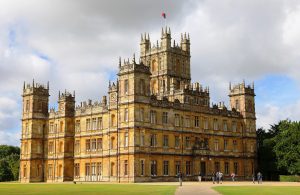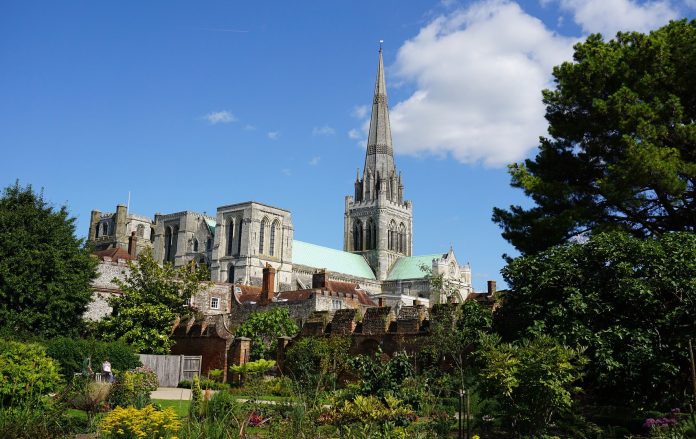Melanie Butler discovers the allure of England’s Home Counties and its EFL destinations
Imagine a ‘typically’ English town: a neat, green. safe place with ancient churches, historic pubs and tea shops.
Welcome to the Home Counties, the green belt of semi-rural England that encircles London. According to lexicographer Laurence Urdang it is, “inhabited on the whole by ‘nice’, comfortable, and conformist middle-class people,” a million of whom travel in to work in London every day.
The British can never agree exactly where the Home Counties end, but it is clear where they start. North of London they begin in Essex, in the rural villages of ‘Constable Country’ and the oyster fisheries of the Thames Estuary which surround the ancient Roman city of Colchester. This was the Roman capital of the country, now dominated by its Norman castle and known for its 17th century houses, its museums and its fashionable modern university.
Heading west past the Essex county town of Chelmsford, we enter Hertfordshire county and pass the little town of Ware, inhabited since at least 4,000 BC. We continue towards the cathedral town of St Albans, just half an hour by train from London, with its Roman amphitheatre, its medieval clock tower and nearby Hatfield House, one of the most magnificent palaces in England.
Next, the Home Counties continues through Buckinghamshire down into Berkshire to Newbury, the childhood home of Katherine, Duchess of Cambridge, famous for its glorious hills, the ‘downs’, and the stately home of Highclere, where Downton Abbey is filmed.
To the east, the Home Counties includes Reading, which is surrounded by delightful villages like Padworth, Twyford and Pangbourne. Along the Thames, we come to the royal town of Windsor and, across the Thames, to villages like Burchetts Green and Bray, known for their award-winning restaurants.
“Now its ancient streets are more known for its university students than its religious pilgrims.”
To the south lies Ascot, home to the royal racecourse, and then on into the county of Surrey where we find the homes of the
super-rich in Weybridge, the county town of Guildford and nearby Woking, all surrounded by delightful country villages like Liphook, Haslemere and Thorpe.
Heading down towards the sea, we reach the cathedral town of Chichester, the county town of East Sussex and one of the hidden jewels of England, with its university, its riverside Marina and the stunning sandy beaches just to the south leading on towards the seaside resort of Worthing.
In East Sussex we find Brighton, the lively student city by the sea, boasting regency palaces and ancient streets of shops and restaurants, all just 47 miles south of London. Just to the north, in the Sussex Downs, is the delightful county town of Lewes and the seaside resort of Eastbourne, nestled between the white cliffs of the Seven Sisters and a National Park. Just down the road lies the ancient Cinque Porte of Hastings, with its Norman castle, its fisherman’s huts and its smugglers caves.
Over the border into Kent, we go through the port of Folkestone, home of the Eurotunnel, and up to the county town of Canterbury, the most famous of England’s cathedral towns, though now its ancient streets are more known for its university students than its religious pilgrims.
Finally, north along the coast is the ‘isle’ of Thanet, with the fashionable marinas of Ramsgate, the fabulous sandy beaches of stately Broadstairs, the quiet seaside town of Westgate on Sea and the bustling artistic centre of Margate. Stand on the golden sands and look north across the Thames. You can just see Essex – our journey through the Home Counties has come full circle.






